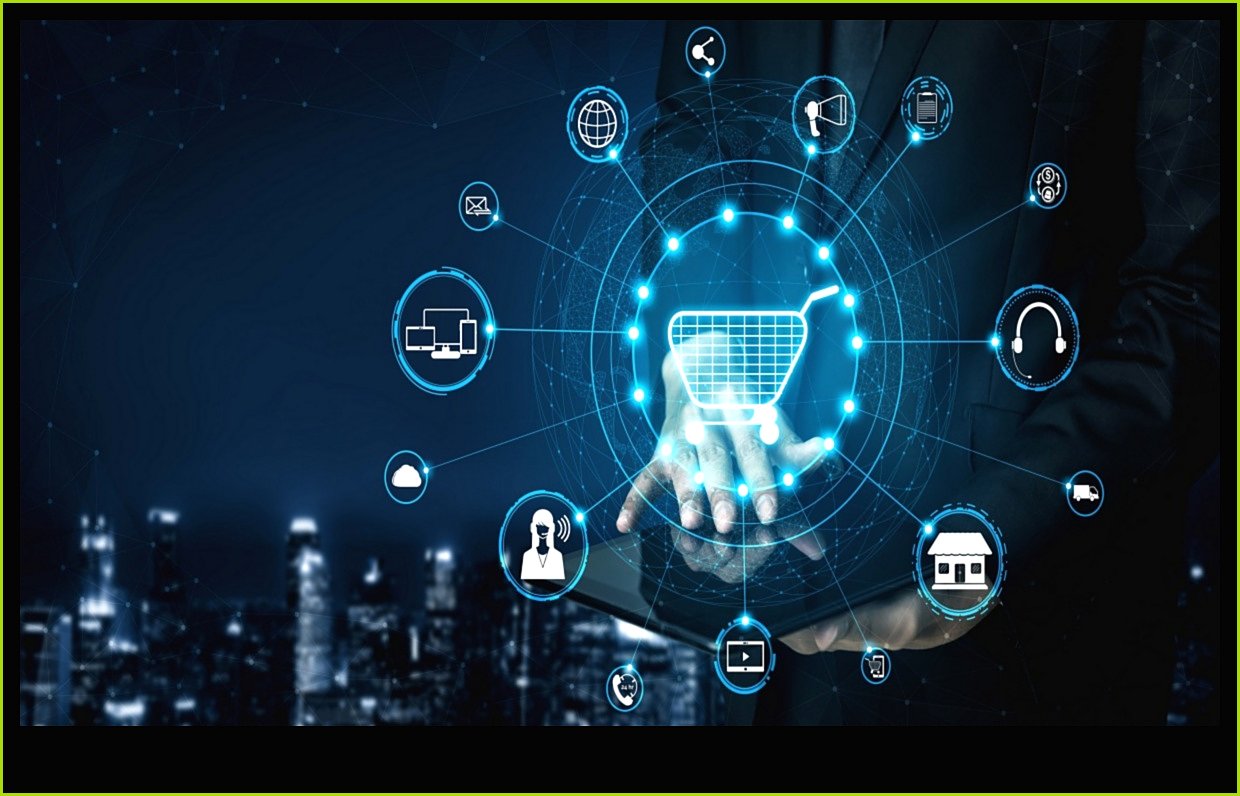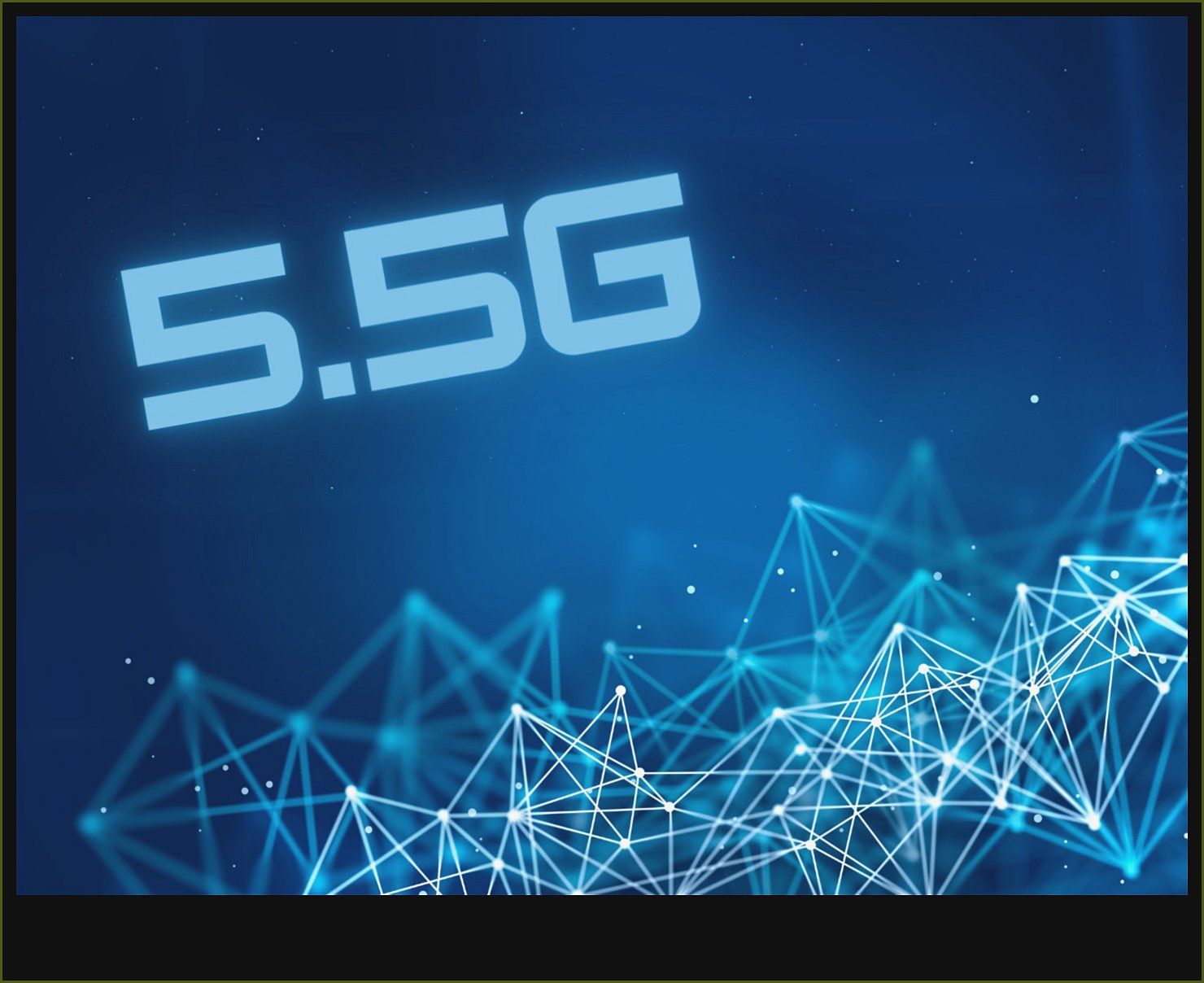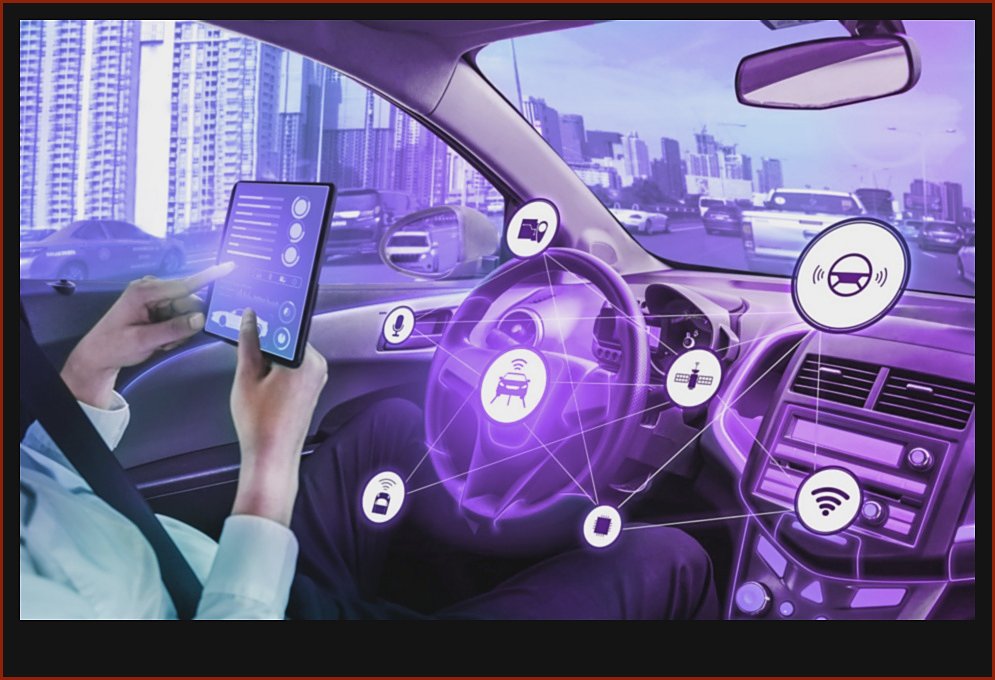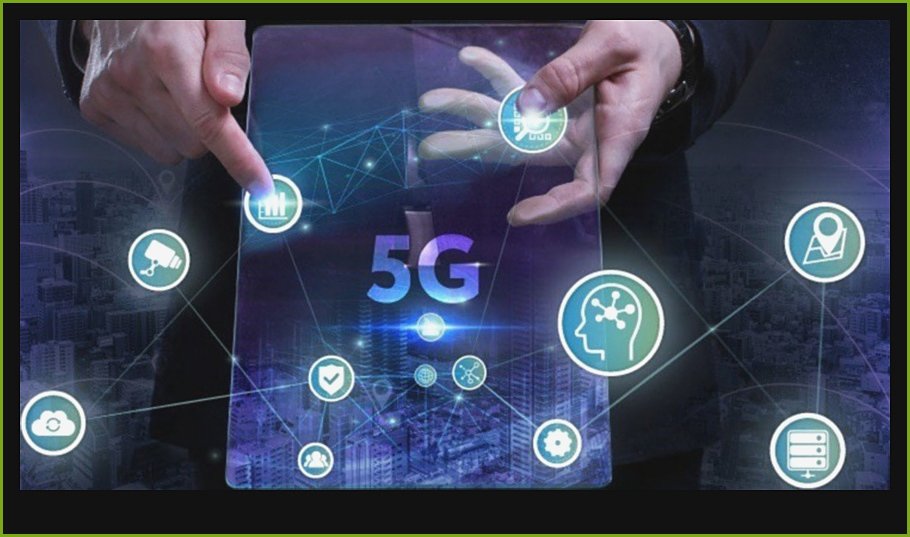
5G: The Future of Digital Acceleration
5G is the fifth generation of wireless technology, and it promises to revolutionize the way we live and work. With speeds up to 100 times faster than 4G, 5G will enable a new era of innovation in areas such as artificial intelligence, machine learning, and the Internet of Things.
Here are just a few of the ways that 5G can be used to accelerate digital transformation:
- 5G can enable real-time streaming of high-definition video, which will open up new possibilities for online learning, telemedicine, and entertainment.
- 5G can be used to connect billions of devices to the Internet of Things, which will create new opportunities for businesses to collect data and automate processes.
- 5G can provide the high-speed connectivity that is needed for autonomous vehicles to operate safely and efficiently.
5G is still in its early stages, but it has the potential to have a major impact on our lives. By enabling a new era of innovation, 5G can help us to solve some of the world’s most pressing problems and create a better future for all.
References
| Topic | Answer |
|---|---|
| 5G | 5G is the fifth generation of wireless technology. It promises to deliver much faster speeds, lower latency, and greater capacity than previous generations of wireless technology. |
| Digital acceleration | 5G can be used to accelerate digital transformation by enabling new applications and services that require high speed, low latency, and massive connectivity. |
| Innovation | 5G can enable new innovations in a variety of industries, including healthcare, manufacturing, transportation, and retail. |
| Future | 5G is expected to play a major role in the future of technology. It will be essential for the development of new technologies such as self-driving cars, virtual reality, and augmented reality. |

What is 5G?
5G is the fifth generation of wireless technology, and it promises to deliver much faster speeds, lower latency, and greater capacity than previous generations. 5G is expected to revolutionize the way we live and work, enabling new applications such as self-driving cars, virtual reality, and remote surgery.
How does 5G work?
5G is the fifth generation of wireless technology, and it offers a number of significant improvements over previous generations. 5G networks operate on higher frequencies than previous generations, which allows them to transmit data at much faster speeds. 5G networks also use a different technology called orthogonal frequency-division multiple access (OFDMA), which allows them to support more devices and connections than previous generations.
These improvements make 5G ideal for a wide range of applications, including streaming video, gaming, and virtual reality. 5G can also be used to power new applications such as self-driving cars and smart cities.
Benefits of 5G
5G is the fifth generation of wireless technology, and it promises to deliver a number of benefits over previous generations of wireless technology. These benefits include:
- Increased speed: 5G networks are capable of much faster speeds than previous generations of wireless technology, with theoretical peak speeds of up to 10 gigabits per second. This will make it possible to download large files in seconds, stream high-definition video without buffering, and play online games with minimal lag.
- Lower latency: 5G networks also have much lower latency than previous generations of wireless technology, meaning that data can be transmitted more quickly and reliably. This will make it possible for applications such as self-driving cars and remote surgery to function more effectively.
- Greater capacity: 5G networks are capable of supporting a much greater number of devices than previous generations of wireless technology. This will make it possible for more people to connect to the internet at the same time, and it will also make it possible for new types of devices, such as smart home appliances and wearables, to connect to the internet.
- Improved security: 5G networks use a number of new security features that make them more secure than previous generations of wireless technology. This will make it more difficult for hackers to access data that is transmitted over 5G networks.
These are just a few of the benefits that 5G can offer. As 5G networks continue to roll out, we can expect to see even more benefits emerge.
V. Applications of 5G
5G is expected to have a wide range of applications, including:
- Enhanced mobile broadband (eMBB): 5G will provide significantly faster data speeds than 4G, enabling users to download high-resolution videos, stream live events, and play online games with minimal lag.
- Ultra-reliable low latency communications (URLLC): 5G will be able to support mission-critical applications that require very low latency, such as self-driving cars and industrial automation.
- Massive machine-type communications (mMTC): 5G will be able to connect a massive number of devices, such as sensors and wearables, which will enable new applications in areas such as smart cities and the Internet of Things.
5G is still in its early stages of development, but it is expected to have a major impact on a wide range of industries. By providing faster speeds, lower latency, and the ability to connect a massive number of devices, 5G will enable new and innovative applications that will improve our lives in many ways.

6. The future of 5G
5G is still in its early stages, but it has the potential to revolutionize the way we live and work. Here are some of the ways that 5G could impact the future:
5G will enable new forms of connectivity. 5G will provide much faster speeds and lower latency than previous generations of wireless technology, which will open up new possibilities for connecting devices. This could lead to the development of new applications and services, such as self-driving cars, remote surgery, and virtual reality.
5G will make the Internet of Things a reality. The Internet of Things (IoT) refers to the network of physical devices that are connected to the Internet and can collect and exchange data. 5G will make it possible to connect a much wider range of devices to the Internet, which could lead to new applications in areas such as healthcare, manufacturing, and agriculture.
5G will improve the efficiency of businesses. 5G can be used to improve the efficiency of businesses in a number of ways. For example, 5G could be used to connect sensors in factories, which could help to improve productivity. 5G could also be used to provide real-time updates on inventory levels, which could help businesses to reduce costs.
5G will create new opportunities for entertainment. 5G will make it possible to stream high-quality video and audio content without buffering. This could lead to the development of new forms of entertainment, such as virtual reality games and immersive movies.
5G is still a new technology, but it has the potential to have a major impact on the way we live and work. By enabling new forms of connectivity, making the Internet of Things a reality, improving the efficiency of businesses, and creating new opportunities for entertainment, 5G could help to usher in a new era of innovation.

VII. The future of 5G
5G is still in its early stages, but it has the potential to revolutionize the way we live and work. Here are some of the ways that 5G could impact the future:
- 5G will make the Internet of Things a reality. With 5G’s high speeds and low latency, it will be possible to connect billions of devices to the internet, creating a new world of possibilities for smart cities, self-driving cars, and other IoT applications.
- 5G will enable new forms of entertainment. 5G’s high bandwidth will allow for streaming of high-quality video and virtual reality experiences, opening up new possibilities for gaming, education, and other forms of entertainment.
- 5G will improve healthcare. 5G’s low latency and high bandwidth will make it possible for doctors to remotely monitor patients, perform surgeries, and deliver other forms of care.
- 5G will make the world more connected. 5G’s global reach will make it possible for people to stay connected no matter where they are in the world. This will have a major impact on education, business, and other aspects of society.
5G is still a developing technology, but it has the potential to revolutionize the way we live and work. By 2030, 5G is expected to be a major part of our everyday lives, and it will have a significant impact on the global economy.

Conclusion
5G is a new wireless technology that promises to revolutionize the way we live and work. It is faster, more reliable, and more secure than previous generations of wireless technology. 5G will enable new applications and services that will improve our lives in ways that we can only imagine.
However, there are also challenges associated with 5G. These include the need for new infrastructure, the potential for interference with other wireless technologies, and the security risks associated with any new technology.
Despite these challenges, 5G is poised to have a major impact on the world. It will drive innovation in a wide range of industries, create new jobs, and improve the lives of people around the world.
FAQ
Here are some frequently asked questions about 5G:
-
What is 5G?
-
How does 5G work?
-
What are the benefits of 5G?
-
What are the applications of 5G?
-
What are the challenges of 5G?
-
What is the future of 5G?
FAQ
Q: What is 5G?
A: 5G is the fifth generation of wireless technology. It is a new cellular network that promises to deliver much faster speeds, lower latency, and greater capacity than previous generations of wireless technology.
Q: How does 5G work?
A: 5G uses a different set of radio frequencies than previous generations of wireless technology. These frequencies allow 5G to achieve much higher speeds and lower latency. 5G also uses a different type of antenna than previous generations of wireless technology. These antennas are called massive MIMO antennas, and they allow 5G to support more devices at the same time.
Q: What are the benefits of 5G?
A: The benefits of 5G include:
Faster speeds: 5G can deliver speeds of up to 10 gigabits per second, which is more than 100 times faster than 4G. This increased speed will allow users to download large files in seconds, stream high-definition video without buffering, and play online games with little latency.
Lower latency: 5G has a latency of less than 1 millisecond, which is much lower than the latency of 4G. This reduced latency will make it possible for users to interact with real-time applications such as self-driving cars and virtual reality.
Greater capacity: 5G can support more devices at the same time than previous generations of wireless technology. This increased capacity will be essential for supporting the growing number of connected devices in the world.